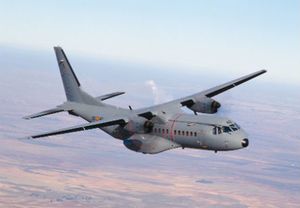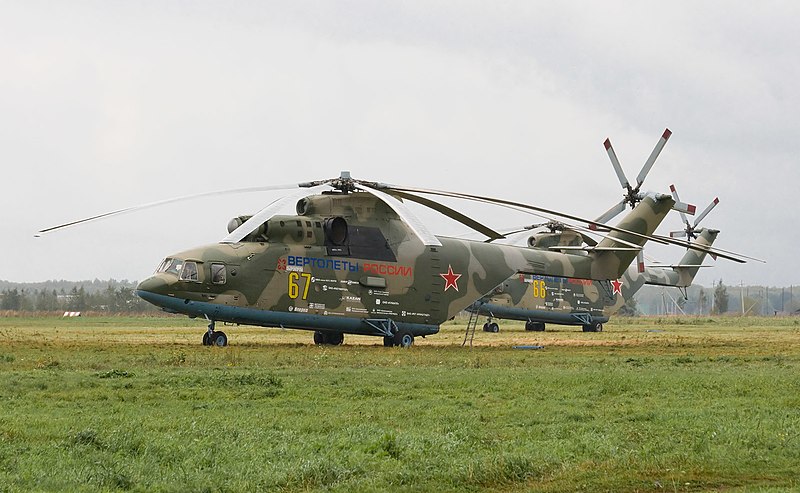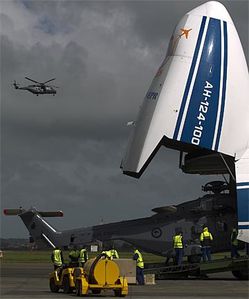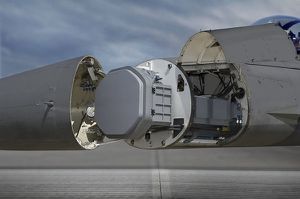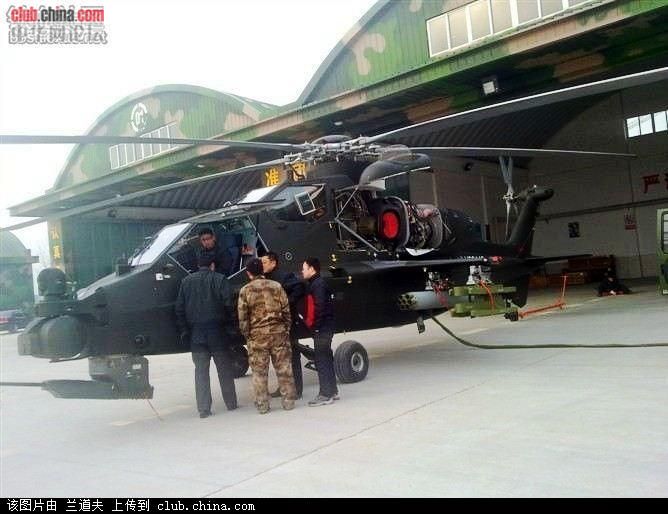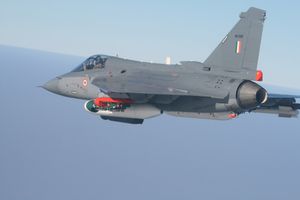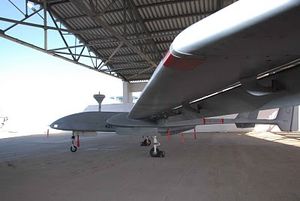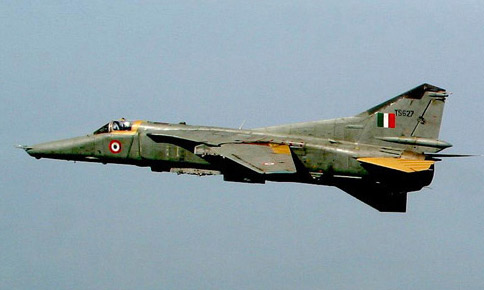Oct 2, 2012 thehindubusinessline.com
Moscow - The delivery schedule of Russian aircraft carrier Admiral Gorshkov to Indian Navy has been delayed further after it encountered engine malfunctions during sea trials in Russia and will
now reach India in the fall of 2013.
The date for the handover of the aircraft carrier refurbished in a Russian shipyard has slipped again and is now due in fall 2013, Russia’s United Shipbuilding Corporation said yesterday.
The previous official handover date for the carrier rechristened Vikramaditya had been December 4, 2012, but sea trials in September revealed the ship’s boilers were not fully functional.
The delay is the latest in a saga of hold-ups, cost overruns and mismanagement in a procurement programme disaster for Russia’s shipbuilders, with the original completion date of 2008 now a
distant memory, Ria Novosti said.
A state commission held last week at the Sevmash shipyard, which carried out the refit, assessed the period necessary to fix the ship’s propulsion system.
“The commission came to the conclusion it was necessary to extend the handover date to fall 2013 due to the need to fix all the faults found, including the insulation of the ship’s boilers,” a
source told RIA Novosti.
The handover date issue has been discussed with the customer, the source added.
The source of the problem, which reduced the ship’s maximum speed from a design 29 knots to just 27.9 knots, was due to use of low-grade Chinese-made firebricks in the boiler insulation instead
of asbestos, he said.
Last week, the Chinese Defense Minister Yan Yujun flatly denied any such locally-made firebricks had been exported to Russia.
“We checked this, and found that Chinese enterprises which make such firebricks for naval propulsion systems have never exported such products to Russia,” Yan said in remarks quoted by local
daily Beitsin Chenbao.
India and Russia signed the original $947 million dollar deal in 2005 for the purchase of the carrier, formerly the Russian Navy’s Admiral Gorshkov, but delivery has already been delayed twice,
pushing up the cost of refurbishing the carrier to $2.3 billion.
Sevmash shipyard director Vladimir Pastukhov was fired in 2007 over his poor management of the project.
The Vikramaditya was originally built as the Soviet Project 1143.4 class aircraft carrier Admiral Gorshkov. The Project 1143.4 carriers and a class of destroyers with the same engines suffered a
history of boiler failures during their lives.
The ship was laid down in 1978 at the Nikolayev South shipyard in Ukraine, launched in 1982, and commissioned with the Soviet Navy in 1987.
It was renamed after the Soviet Union collapsed in 1991.
